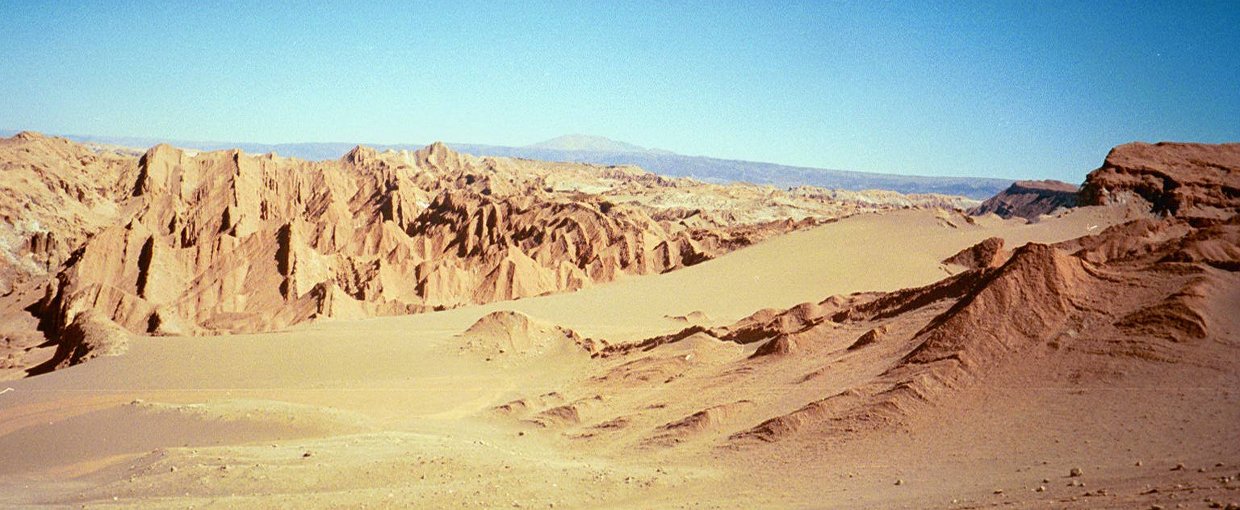
NASA-supported researchers studying an ancient geological formation in Chile’s Atacama Desert have identified biosignatures that could provide insight into the search for signs of ancient life on Mars. The study confirms just how difficult it can be to find evidence of life on Earth, especially when using the types of instruments available on robotic missions to other worlds.
The team studied a site dubbed Red Stone, which is an alluvial fan-fan delta in the Atacama that formed between 163 and 100 million years ago in arid conditions. Here they found a mix of biosignatures from both living and ancient microorganisms. The biosignatures were barely detectable using state-of-the-art laboratory equipment, instruments that are more powerful than those being sent to Mars on missions.
The study shows that current instrumentation for search-for-life missions on Mars may not be sensitive enough to detect similarly low levels of biosignatures if they are present on the red planet. The work compliments research in other locations on Earth and in the laboratory, confirming just how difficult it can be to detect life, even on our own planet. The new study shows that this is true at a site that is in some ways analogous to geological features on Mars. According to the research team, the results also highlight the importance of returning samples from Mars to Earth, where scientists can use the most advanced instruments possible to study the materials.
A press release from Cornell University concerning the research is available at: https://news.cornell.edu/stories/2023/02/life-mars-better-tools-needed-get-answer
The study, “Dark microbiome and extremely low organics in Atacama fossil delta unveil Mars life detection limits,” was published in the journal Nature Communications.
Related:
The Dry Limit of Life in the Atacama
NASA Tests Life-Detection Drill in the Mars-Like Atacama Desert
Clues to Martian life found in Chilean desert
Planning for Return Sample Science
